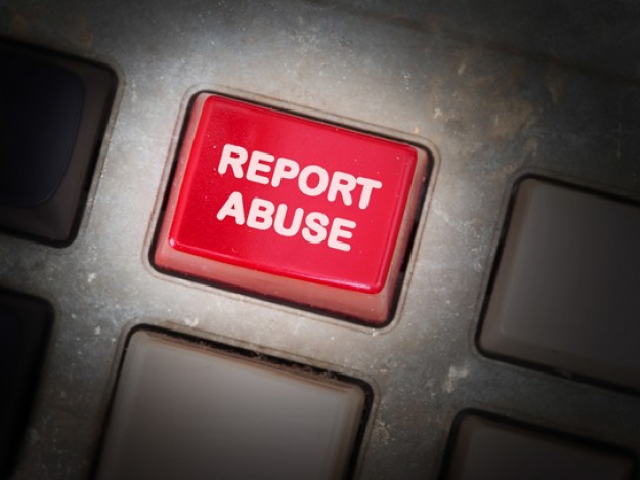Women fighting for rights face most abuse online: report
DRF report finds women journalists, activists face coordinated attacks by fake accounts as FIA fails to curb abuse

DRF report finds women journalists, activists face coordinated attacks by fake accounts as FIA fails to curb abuse. PHOTO: EXPRESS/FILE
These were the main findings of ‘Fostering Open Spaces in Pakistan – Combating Threats to Women’s Activism Online’, a report released by the Lahore-based Digital Rights Foundation (DRF).
Based on the experiences of 60 female information practitioners including journalists and activists, the report states that 55 per cent of respondents had faced online abuse and/or harassment; and 91 per cent found online abuse gendered and personal in nature.
“The form of harassment and surveillance faced by women journalists often tends to be gendered as they are subjected to sexualised threats and intimidation, ranging from gendered insults and threats of rape and death. Perpetrators attempt to tarnish the reputation of women information practitioners and raised questions about their moral character,” said a lawyer.
A key finding of the report was that 85 per cent of the respondents said the abuse mostly came from seemingly fake accounts and was often coordinated. “Due to specific political views some months ago, I received 13 to 18 abusive messages per day. They all were fake accounts,” said a journalist.
“It’s not about one account. After one person attacks, dozens other similar accounts join in and criticise you,” observed a lawyer-activist.
Women information practitioners also highlighted the topics that triggered abuse – feminism, blasphemy or secular views, women supporting a particular cause, and women saying something against a particular man in power.
“Everyone asked Asma Shirazi how much Nawaz Sharif paid her. A majority was of the sentiment that Meesha Shafi accused Ali Zafar for personal vendetta. It’s always about the women protecting her interests, and not the other way around,” said a business owner.
The report states that 35 per cent of women respondents faced the most abuse on Facebook, 31.7 per cent were targeted most on Twitter, while 25 per cent felt they faced an equal onslaught of abuse on both social media platforms.
A total of 80 per cent of the respondents said the online abuse infringed upon their freedom of speech, but worryingly only 14.2 per cent had ever reached out to the Federal Investigation Agency (FIA).
This was because 61.7 per cent of the respondents expressed a complete lack of trust in the FIA, while 26.7 per cent said they would report abuse to the agency but would not trust it to pursue their complaint efficiently.
A resounding 93.3 per cent of the respondents said the state had failed to protect the rights of female journalists and activists. However, 66.7 per cent still oppose regulation of online spaces and 42 per cent called for legislation to protect journalists and rights activists.
A recurring demand from respondents was stronger accountability mechanisms for the treatment of harassment cases registered with the FIA.
"With growing evidence of online abuse and an increasing backlog of cyber harassment complaints, the authorities must look inward instead of pinning the blame on social media companies. The lack of trust expressed in the FIA by the participants of the study further lends credence to this fact," said Ramsha Jahangir, the author of the report.
The DRF report also found that most reported cases were related to non-consensual usage of information. “These cases involved using, sharing, disseminating, and manipulating data such as photographs, phone numbers, contact details, and other personal information on social media platforms or other websites such as classifieds or networking sites without consent of the individual which violate right to privacy. The second most common segment of calls involved blackmailing, which often entail using an individual’s personal information,” the report states.
The report concludes that women information practitioners in Pakistan face two types of challenges; the vulnerabilities associated with being a woman in a conservative society, and the insecurity related to being a journalist/activist in the stifling digital environment.
The DRF has also presented recommendations to improve the situation. These include amendments to the Prevention of Electronic Crimes Act (PECA) to account for trolling and mass harassment; effective legal redress for harassment by law enforcement agencies; capacity building of FIA staff; transparency about the content regulation process; representation of women in policy circles; and appointment of ombudspersons in Khyber Pakhtunkhwa and Balochistan.
It also calls for strengthening digital education; enactment of data protection laws; increased cooperation with social media companies; involving media stakeholders on regulation; digital safety training workshops; and greater discourse on ethical journalism.



















COMMENTS
Comments are moderated and generally will be posted if they are on-topic and not abusive.
For more information, please see our Comments FAQ